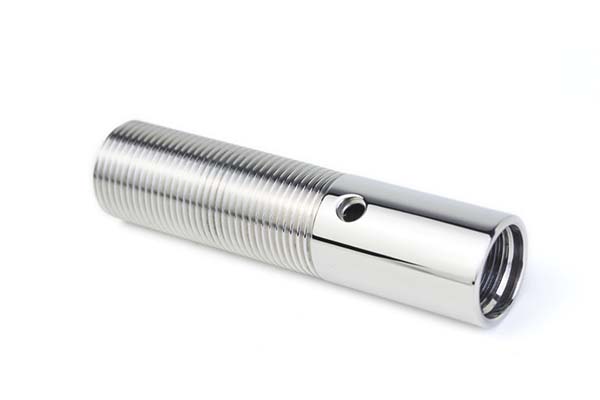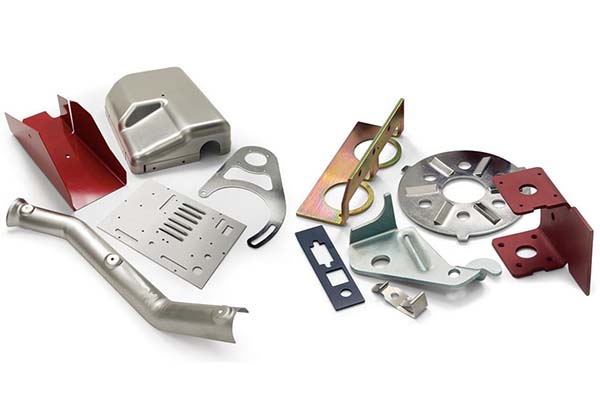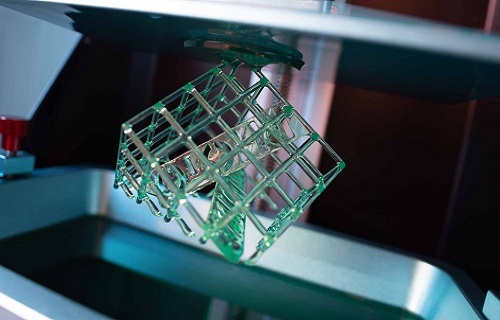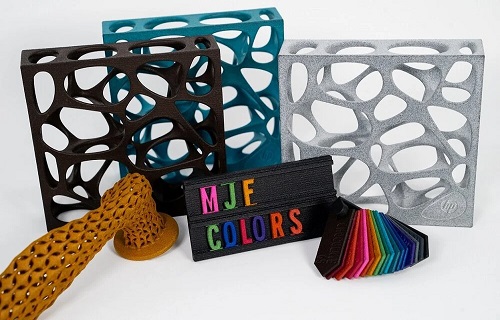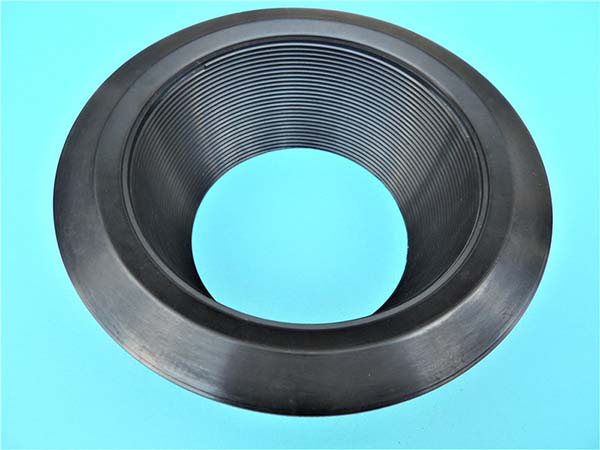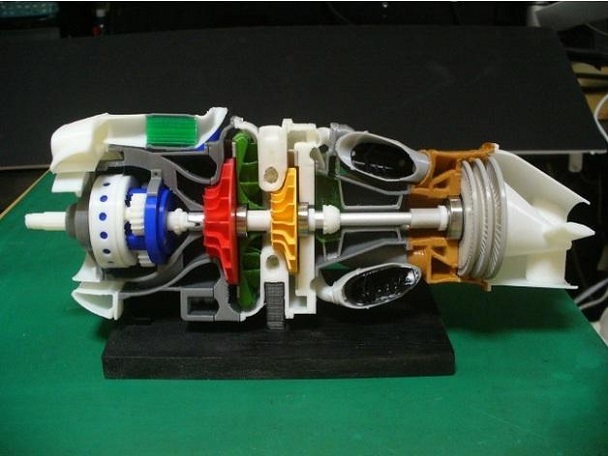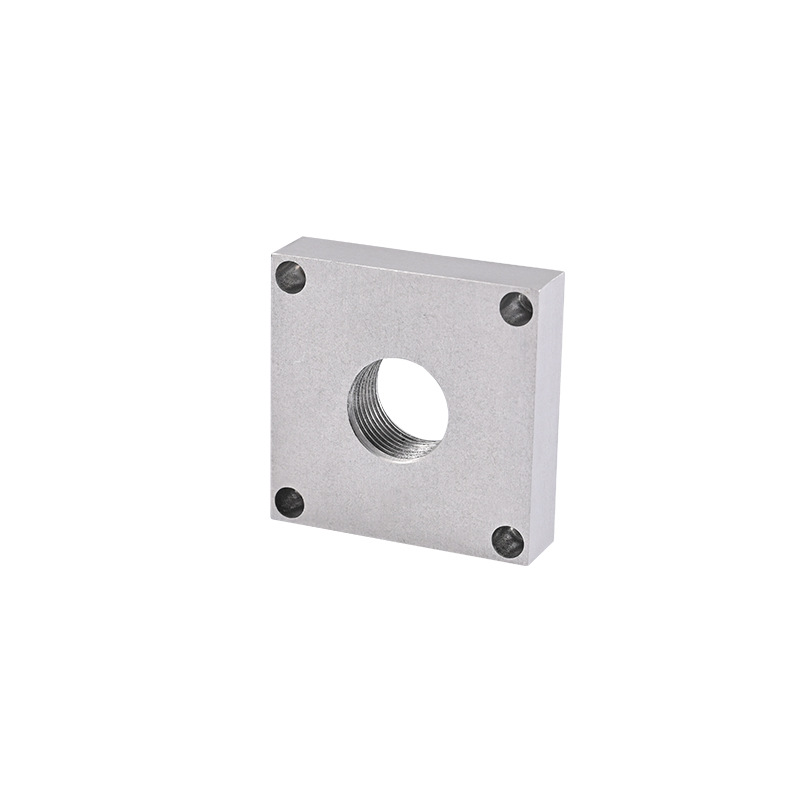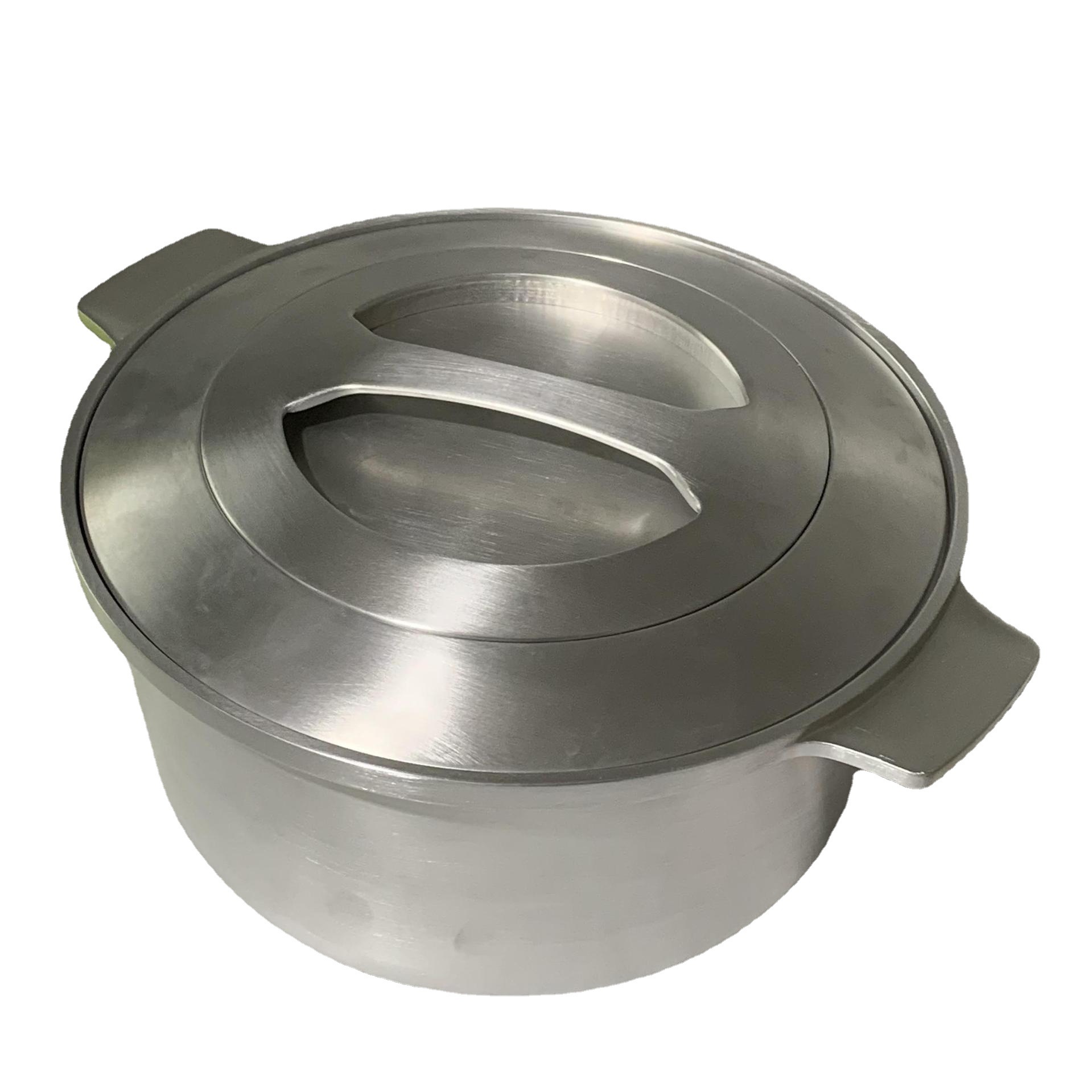What is 3D Printing Metal?
3D printing metal, also known as metal additive manufacturing, is an advanced manufacturing technology that builds three - dimensional metal objects layer by layer. Different from traditional subtractive manufacturing methods like cutting and milling, which remove material from a larger block, 3D printing metal adds material precisely where it is needed based on a digital 3D model.
The process begins with a digital design created using computer - aided design (CAD) software or obtained from a 3D scanner. This digital model is then sliced into numerous thin cross - sectional layers by specialized software. The 3D printer reads these sliced files and starts depositing or fusing metal materials layer upon layer to gradually build up the final 3D object. For example, in selective laser melting (SLM), one of the most common 3D printing metal techniques, a high - power laser is used to melt and fuse fine metal powder particles together according to the pattern of each layer in the digital model. As the laser scans the powder bed, it selectively melts the powder in the desired areas, and after each layer is completed, a new layer of powder is spread, and the process repeats until the entire object is formed. This layer - by - layer accumulation method allows for the creation of highly complex geometries that would be extremely difficult or even impossible to produce with traditional manufacturing methods.
How Does 3D Printing Metal Work?
Key Components
- Digital File: The journey of 3D printing metal starts with a digital file, usually in STL (Standard Tessellation Language) format. This file contains the precise geometric data of the object to be printed. For example, when designing a complex aerospace component, engineers use CAD software to create a detailed 3D model, which is then converted into an STL file. This digital blueprint serves as the instruction manual for the 3D printer, telling it exactly where to deposit the metal material layer by layer.
- 3D Printer: The 3D printer is the workhorse of the metal 3D - printing process. It has a build platform where the object is constructed, a system for spreading the metal powder evenly, and an energy source (such as a laser or an electron beam) to melt the powder. Different printers have varying capabilities in terms of build volume, print speed, and accuracy. For instance, some industrial - grade 3D printers can build large - scale metal parts with a build volume of several cubic feet, while others are more suitable for producing small, high - precision components.
- Metal Material: High - quality metal powders are the raw materials for 3D printing metal. Common materials include stainless steel, titanium alloy, aluminum alloy, and nickel - based alloys. Each material has its unique properties. Stainless steel is known for its corrosion resistance and is often used in the food and medical industries. Titanium alloy, on the other hand, offers an excellent strength - to - weight ratio, making it a popular choice for aerospace and medical implant applications. The particle size and distribution of the metal powder also play a crucial role in the quality of the final printed part. Finer powders generally result in better surface finish and higher precision.
Mainstream Technologies
- Selective Laser Sintering (SLS): In SLS, a high - power laser is used to sinter (partially melt) metal powder particles together. The laser scans the surface of a powder bed according to the cross - sectional pattern of the digital model. As the laser passes over the powder, the particles bond together, gradually forming a solid layer. Once one layer is completed, a new layer of powder is spread, and the process repeats. SLS offers several advantages, such as the ability to use a wide range of materials, high design freedom as it can create complex internal structures without the need for additional support materials (since the unsintered powder supports the overhanging parts), and relatively high production speed for some applications. However, the surface finish of SLS - printed parts is often rough, which may require post - processing such as machining or polishing. Additionally, the equipment and materials can be expensive.
- Direct Metal Laser Sintering (DMLS): DMLS is similar to SLS but uses a higher - power laser to fully melt the metal powder, resulting in a more dense and stronger final product. This technology is widely used in industries like aerospace and automotive, where high - strength components are required. For example, in the production of engine parts, DMLS can create complex geometries with high precision, reducing the weight of the parts while maintaining or even improving their mechanical properties. However, DMLS also has its drawbacks. The high - energy laser requires significant power consumption, and the process can be time - consuming, especially for large or complex parts.
- Selective Laser Melting (SLM): SLM is another popular metal 3D - printing technology. It is very similar to DMLS, with a high - power laser melting the metal powder layer by layer. The main difference lies in the way they are marketed and some minor technical details. SLM can achieve high - density parts with excellent mechanical properties, making it suitable for applications where high performance is crucial, such as in the manufacturing of medical implants and high - end tooling. But like DMLS, SLM has a relatively high cost of equipment, materials, and operation, and the post - processing steps can be complex.
- Electron Beam Melting (EBM): EBM uses an electron beam as the energy source instead of a laser. The process takes place in a vacuum environment to prevent oxidation of the metal powder. The electron beam rapidly heats and melts the powder, fusing it together to form the desired shape. EBM is particularly well - suited for materials that are difficult to process with other methods, such as titanium alloys. It can produce parts with high material density and good mechanical properties. However, EBM equipment is very expensive, and the process requires specialized knowledge and skills to operate, which limits its widespread adoption.
Applications of 3D Printing Metal
Aerospace Industry
In the aerospace industry, 3D printing metal has found extensive applications. For example, it is commonly used to manufacture engine components such as turbine blades, combustion chambers, and fuel nozzles. One of the key advantages is weight reduction. A study by GE Aviation shows that 3D - printed fuel nozzles for jet engines can reduce the number of parts from nearly 20 in traditional designs to just one, resulting in a significant weight decrease. Lighter components mean less fuel consumption, which is crucial for long - distance flights and space missions. In addition, 3D printing allows for the creation of complex internal cooling channels in turbine blades. These intricate structures can improve the cooling efficiency of the blades, enabling them to withstand higher temperatures and thus enhancing the overall performance and reliability of the engine. According to research, engines with 3D - printed components can have a 15 - 20% increase in fuel efficiency compared to those with traditionally - manufactured parts.
Medical Field
In the medical field, 3D printing metal has brought revolutionary changes, especially in the production of customized implants. Hip and knee replacements, dental implants, and spinal implants can now be precisely tailored to fit each patient's unique anatomy. A case in point is a patient with a complex bone defect. Using 3D printing technology, doctors can create a custom - made implant based on the patient's CT scan data. This personalized approach ensures a better fit, reduces the risk of implant rejection, and promotes faster recovery. A recent clinical study indicated that patients with 3D - printed implants had a 30% shorter recovery time compared to those with standard implants. Moreover, 3D - printed metal implants can have porous structures that mimic natural bone, allowing for better osseointegration (the process by which bone tissue grows and attaches to the implant surface), further enhancing the long - term stability of the implant.
Automotive Sector
In the automotive sector, 3D printing metal is being increasingly utilized. It can be used to manufacture complex parts like engine blocks, suspension components, and brake calipers. For instance, some high - performance car manufacturers are using 3D - printed metal parts to reduce the weight of their vehicles. A study showed that by using 3D - printed aluminum alloy engine blocks, the weight of the engine can be reduced by up to 25%. This weight reduction not only improves fuel efficiency but also enhances the vehicle's overall performance, such as acceleration and handling. Additionally, 3D printing enables rapid prototyping. Automakers can quickly produce prototypes of new parts for testing and validation, significantly reducing the time and cost associated with traditional prototyping methods. In fact, the prototyping time can be cut down by as much as 70% using 3D printing technology, allowing for faster product development cycles and more rapid innovation in the automotive industry.
Yigu Technology's Viewpoint
As a non - standard plastic metal products custom supplier, Yigu Technology sees great potential in 3D printing metal. In custom production, 3D printing metal allows for the creation of highly customized metal components with complex geometries that are difficult to achieve through traditional manufacturing methods. This technology can significantly reduce production time for small - batch, customized orders. For example, when producing non - standard metal brackets for special - shaped equipment, 3D printing metal can quickly turn the design into a physical product, eliminating the need for costly mold - making processes.
Moreover, it enables better material utilization, reducing waste and thus cutting down on production costs in the long run. Yigu Technology believes that as 3D printing metal technology continues to develop and mature, it will play an increasingly important role in the custom - manufacturing industry, opening up new possibilities for more innovative and efficient product designs.
FAQs
What are the common metals used in 3D printing?
Common metals used in 3D printing include titanium alloy, which is highly valued for its excellent strength - to - weight ratio, corrosion resistance, and biocompatibility. It is widely used in aerospace for components like aircraft structural parts and in the medical field for implants such as hip and knee replacements. Aluminum alloy is another popular choice. It has a low density, good thermal conductivity, and high specific strength. In the automotive industry, it is used to manufacture engine blocks, wheels, and suspension components to reduce vehicle weight and improve fuel efficiency. Stainless steel, known for its corrosion resistance and high strength, is used in applications like food processing equipment, medical devices, and architectural components. Nickel - based alloys are also used, especially in high - temperature applications such as jet engine components due to their high - temperature strength and oxidation resistance.
How accurate is 3D printing metal?
The accuracy of 3D printing metal can vary depending on several factors. The type of 3D - printing technology used plays a significant role. For example, selective laser melting (SLM) and direct metal laser sintering (DMLS) can achieve high precision, with dimensional accuracies typically in the range of ±0.05 - ±0.15 mm for small - to - medium - sized parts. However, factors like the complexity of the part design, the material used, and the post - processing methods can affect the final accuracy. Complex geometries with thin walls or overhanging structures may be more challenging to print accurately. Additionally, the shrinkage of the metal during the cooling process after melting can cause dimensional changes. To improve accuracy, proper calibration of the 3D printer, careful selection of printing parameters, and appropriate post - processing such as machining can be employed.
Can 3D printed metal parts be used for high - stress applications?
Yes, 3D printed metal parts can be used for high - stress applications, but several aspects need to be considered. The mechanical properties of 3D - printed metal parts can be comparable to or even better than those of traditionally manufactured parts when optimized. For example, through proper design, the internal structure of a 3D - printed part can be tailored to distribute stress more effectively. Post - processing techniques like heat treatment can further enhance the mechanical properties of the printed parts, improving their fatigue resistance and tensile strength. In the aerospace industry, 3D - printed metal engine components are already being used in high - stress environments. However, it is crucial to conduct thorough testing and validation, such as fatigue testing and stress analysis, to ensure that the 3D - printed parts meet the strict requirements of high - stress applications.
